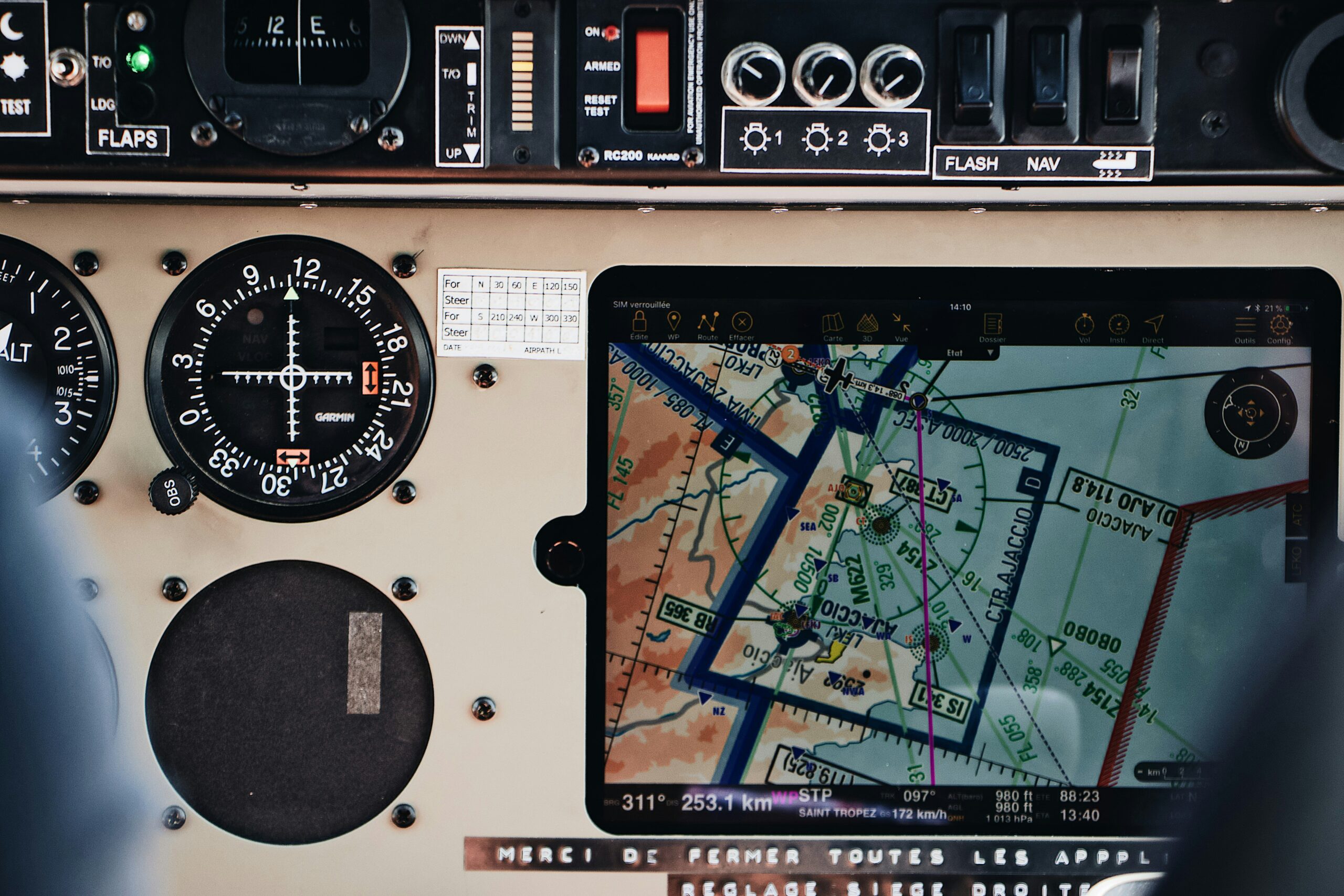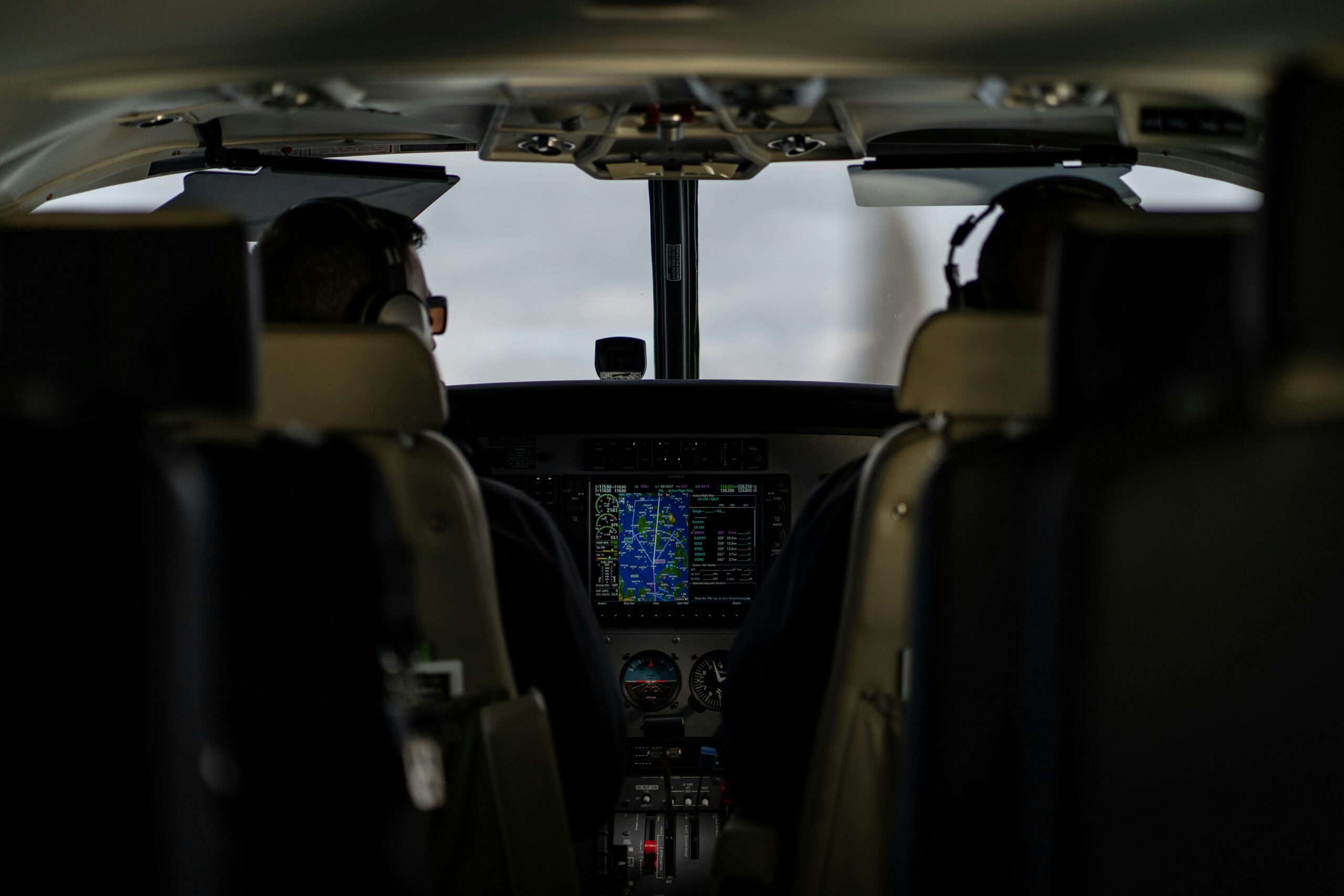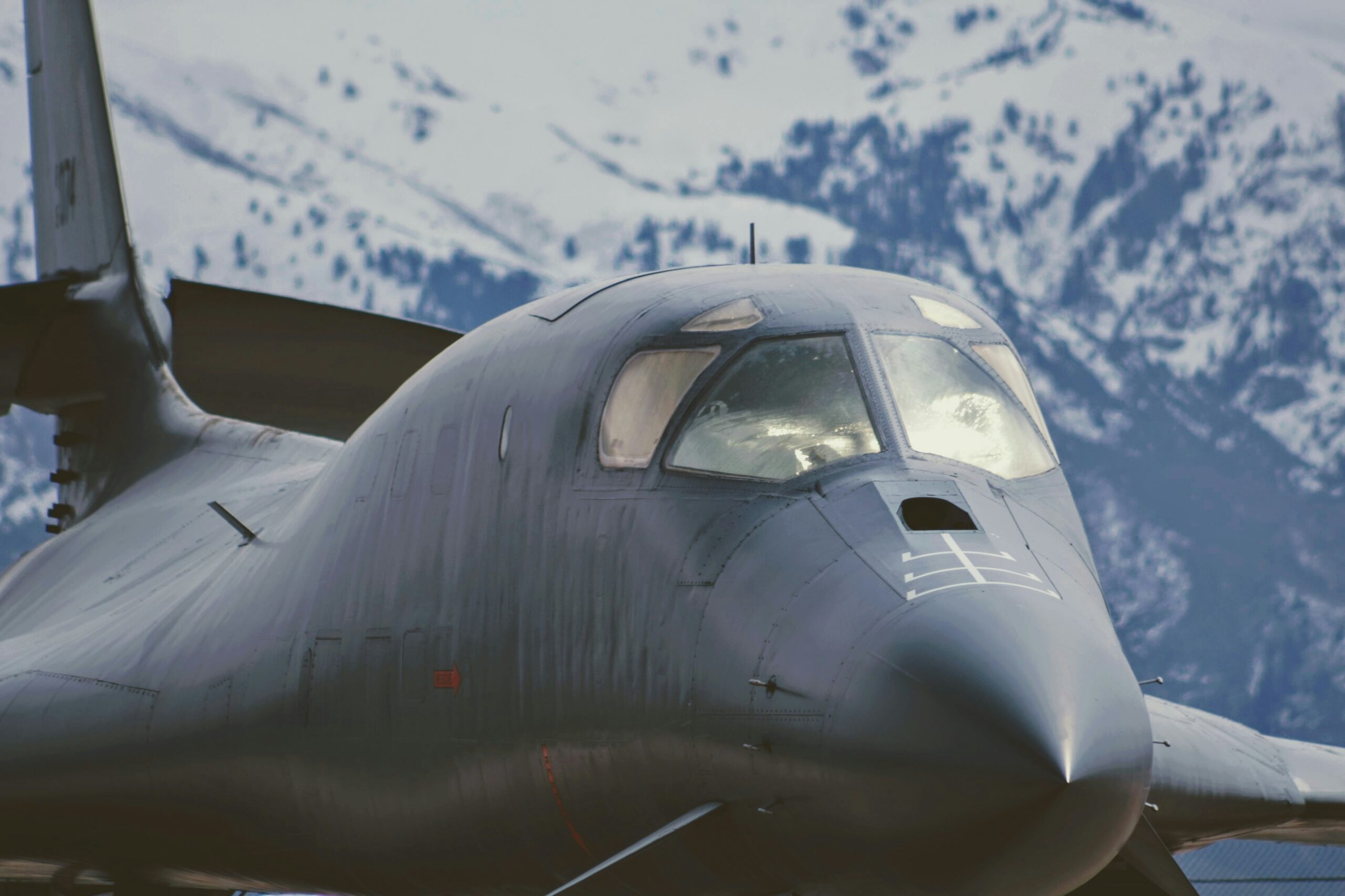When it comes to choosing between the two most recognized training aircraft in the Piper aircraft, the Piper Arrow vs Archer debate between pilots, flight schools, and private owners. Both are four-seater single-engine aircraft manufactured by the same manufacturer, but they serve different purposes and provide different benefits based on your flying goals.
In this wide guide, we make a deep dive into Piper Arrow vs Archer. If you have a student pilot, an aerial instructor, or someone who is considering flight training, this article will help you determine which flight meets your needs.
Table of Contents
1. Piper Arrow vs Archer – What’s the Difference?
At first glance, beeps and beeps, Archers can look very similar. However, the biggest differences are inherent in their landing equipment configuration, complexity, and intended use.
1. Piper Arrow:
A retrospective-gaye aircraft equipped with a continuous mantle propeller and more advanced systems. It is often used for instrument assessment training and commercial pilot programs.
2. PIPER ARCHER:
A certain type of aircraft that acts as the backbone of several aircraft schools. It is easy to operate and maintain, which is ideal for primary aircraft instructions.
Therefore, when people ask Piper Arrow vs. Archer, what do they ask: Which one matches my current skill level, assignment type, and budget?
2. Design and Purpose: Piper Arrow vs Archer
Let’s break down how each plane changed into its designed form and what position it performs in trendy aviation.
1. Piper Arrow
The Piper Arrow changed into introduced in the early 1960s as a step-up trainer from a basic fixed-tools plane. Its retractable landing equipment and consistent-speed propeller make it greater complex than its sibling, the Archer.
Key capabilities:
Retractable tricycle touchdown equipment
Constant-speed propeller
Flap system with more than one setting
Often equipped with IFR avionics
This makes the Piper Arrow ideal for pilots transitioning to a complex plane or getting ready for multi-engine schooling.
2. Piper Archer
The Piper Archer, mainly the more modern PA-28R models, is essentially a modernized version of the conventional Cherokee series. It has constant touchdown gear and simplified systems, because of this, fewer renovations and fewer things to worry about at some point of training flights.
Key functions:
Fixed tricycle landing equipment
Simpler cockpit layout
Durable airframe proper for high usage
Commonly located with glass cockpits like Garmin G1000
The Piper Archer is widely used in flight schools due to its reliability, ease of operation, and lower acquisition fee compared to the Arrow.
3. Cockpit and Avionics: Piper Arrow vs Archer
Both beeps, Piper Arrow vs Archer, have evolved, especially when it comes to aviation. The older models usually have analog instruments, while new ones are often secluded or equipped with a factory with glass cockpit.
1. Piper Arrow
While some arrows are still flying with a traditional target meter, many have been upgraded:
Garmin g 1000 nxi
1. Avidine antigra
2. Modern autopilot system
These upgrade arrows allow IFR training and even use for individual IFR travel.
2. Piper Archer
Piper Archer is usually found with modern avionics from the factory. Flight schools prefer updated training stability equipment, so most archers are included today:
Garmin G1000 or G500
1. Integrated Autopylot
2. GPS navigation and communication systems
Because of its widespread use in the training environment, Piper Archer is often more technically advanced than older Arrow models.
4. Training and Certification: Piper Arrow vs Archer
Now let’s see how each aircraft fits into the pilot training and certification path.
1. Piper Arrow
Piper is a popular option for arrows:
1. Instrument rating (IR) training
2. The Commercial Pilot License (CPL) program
3. flight pods
Its withdrawal equipment and continuous propellers introduce students to more advanced system management, preparing them for future turbines or more engines.
2. Piper Archer
Go to Flight for Piper Archer:
1. Private Pilot License (PPL) Training
2. Recurring training
3. Basic IFR orientation
With its fixed equipment and simple cockpit, it lets students focus on basic things like flying, radioing, and emergency processes without being overwhelmed. If you start now, Archer gives you a solid base. When you are ready to go up, the arrow will be the next step.
5. Handling and Flight Characteristics: Piper Arrow vs Archer
Let’s evaluate how those aircraft sense within the air and through landings.
1. Piper Arrow
The Arrow feels snappier and more responsive thanks to its retractable tools and greater powerful engine. Landings require careful planning and gear management, which helps build field and precision.
However, the Arrow’s barely better stall velocity and want for correct flap/tools sequencing can project newer pilots.
2. Piper Archer
The Archer is known for its strong and forgiving flight characteristics. It’s smooth to trim, lands easily, and is much less sensitive to crosswinds than the Arrow. This makes it perfect for education environments in which safety and predictability are paramount.
Many pilots describe the Archer as “a gentle trainer”—perfect for learning the ropes earlier than shifting on to an extra complex plane, just like the Arrow.
6. Real-World Use Cases: Piper Arrow vs Archer
To wrap up our comparison, let’s see how each aircraft is used in real-world scenarios.
1. Flight school
Flight schools choose Piper Archer for their stability, simplicity, and primary training because of their stability and low costs per hour. Some schools include arrows on the course for equipment and commercial tracks, but often not.
2. Private
Private owners who want to train for an instrument assessment or gain experience with withdrawal equipment often choose PIPs. It provides a little more performance and versatility for weekend trips and IFR aircraft.
On the other hand, the owners who prefer simplicity, economy, and ease of use are drawn to Piper Archer.
3. Rent a raft
In the rented fleet, both aircraft are common places. Archer dominates the entrance level, while the arrow appears in the intermediate or advanced price categories. Many tenants upgrade their arrows to arrows when they have earned their complex support.
7. Final Verdict: Piper Arrow vs Archer – Which One Should You Choose?
There is a quick repetition here to help you decide based on your specific situation:
1. Select Piper -pilot if:
You pursue an instrument rating or a commercial license
You will gain experience with withdrawable gear flights
You give significance to better performance and do not take into account high operating costs
2. Don’t choose arrows if:
You are a new student pilot
You have a tight budget
You have not yet required withdrawal gear features
3. Select Piper Archer if:
You are a student pilot starting at the flight school
You need a reliable, small maintenance flight
You are looking for a cost-effective rent or an individual flyer
4. Choose Archer if:
You are already familiar with complex aircraft
You will have more speed and climbing performance
You are preparing for funds or commercial training
8. Conclusion
Piper is not a certain winner in Piper Arrow vs Archer – It all depends on your experience level, training goal, and budget. If you are a beginner, Archer provides simplicity, strength, and reliability. But if you move on in your aviation journey, the arrow gives the right bridge to the more complex aircraft.
Whether you compare air training, ownership of aircraft, Piper Arrow vs Archer for the use of flight, understanding their strength and boundaries will help you make a smart, more informed decision.
So the next time you hear someone saying “Piper Arrow vs. Archer”, you want to know what the factors are, and each aircraft has its place in a world of normal aviation.
1. What is the main difference between a Piper Arrow and Archer?
The primary differences are that the Arrow has retractable landing gear and a constant-speed propeller, making it more complex, while the Archer has fixed landing gear and simpler systems, making it easier to operate.
2. Which aircraft is better for beginner pilots?
The Piper Archer is generally better for beginners due to its simpler systems, fixed gear, and forgiving flight characteristics, allowing students to focus on basic flying skills.
3. Why might someone choose a Piper Arrow over an Archer?
Pilots typically choose the Piper Arrow for advanced training like instrument ratings or commercial licenses, as its retractable gear and constant-speed propeller provide experience with more complex aircraft systems.



